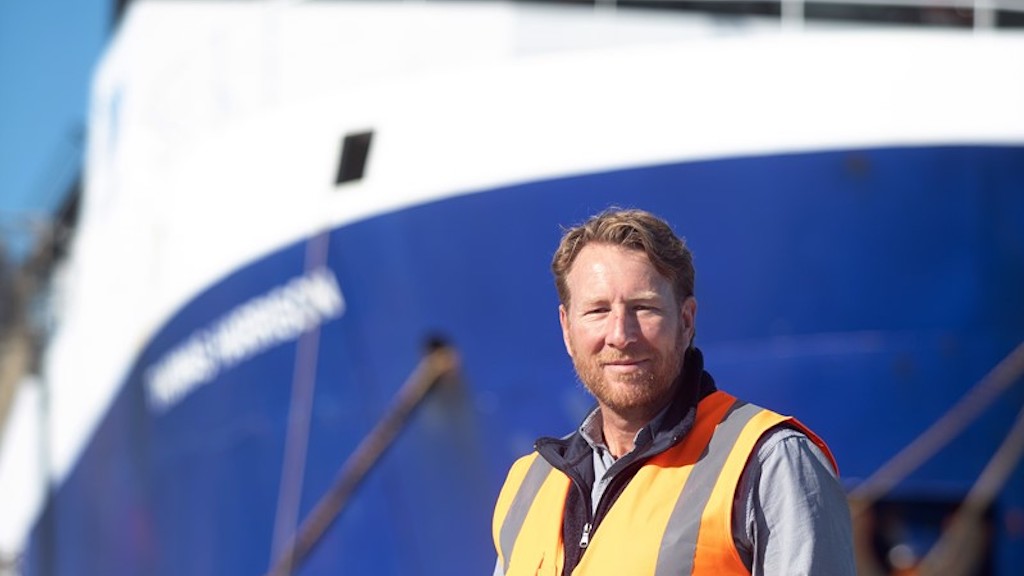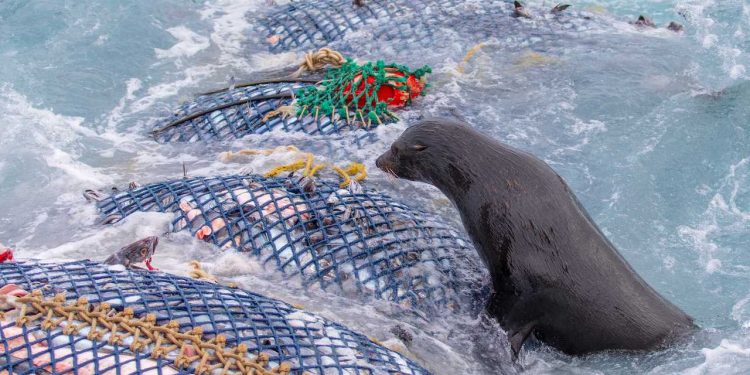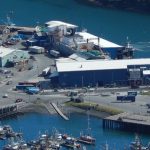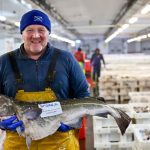New Zealand fishing company Sealord has introduced innovative measures that are successfully reducing seal mortality associated with fishing activity.
Seal deaths on Sealord vessels have dropped by around a third in the last year. Figures show 49 seals were captured in the 2023/24 fishing year, down from 68 in 2022/23 and 78 in 2021/22.
The population of New Zealand fur seals or kekeno has exploded in recent years, which correlates with skippers reporting a noticeable increase, said Sealord resources manager Charles Heaphy, who is responsible for sustainable fisheries management at Sealord.

Protected under the Marine Mammals Protection Act, New Zealand fur seals are the most common seal in New Zealand. Once hunted to near extinction the century since the sealing industry collapsed, New Zealand fur seal numbers have since flourished.
The Department of Conservation (DOC) lists fur seals’ status as of “least concern” and the government agency’s website says their population is increasing. The last fur seal population estimate was 200,000 in 2001, and DOC says the population will be higher now. The New Zealand fur seal’s status differs from the sea lion, which is categorised as “nationally vulnerable”.
As the kekeno population grows, seal captures by New Zealand fishing vessels have increased. However, Sealord vessels are going against the trend.
‘Trying to avoid them has become a real issue for our skippers. We never want to capture a marine mammal and are always looking at ways to reduce unintentional captures. In relation to seals, we looked at what mitigation methods were working well overseas and have been trialling them with success in our fleet,’ he said.
Charles Heaphy is a member of Sealord’s sustainability working group, an internal taskforce that focuses on a number of workstreams to improve Sealord’s environmental performance on land and at sea – including water quality, waste minimisation, and fishing sustainably.
‘Reducing fur seal by-catch is a strategic priority for Sealord – it’s part of the ‘oceans and fisheries’ workstream of our sustainability working group.’
Seals tend to mostly stay at the top of the water and get caught when shooting or hauling. Last year Sealord introduced net binding which involves loosely tying the top of the net so it is closed when it enters the water and seals can’t get in. This took trial and error to keep the net closed at the top when shooting the gear, but Sealord vessel Thomas Harrison did this successfully with each shot this year in the Cook Strait.
The Cook Strait is a popular spot for fur seals during hoki season. They congregate around fishing vessels in the search for an easy feed. The Cook Strait fur seal sub-population is estimated to be approximately 1800 individuals.
Other measures include avoiding fishing at dusk and dawn when fur seals are most actively feeding.
‘This year we also adopted seal grids or Seal Exclusion Devices (SED), similar to Sea Lion Exclusion Devices or SLEDS. A local net manufacturer built the SED into our nets and crews have been trained how to use them effectively,’ he sais.
Sealord vessel Rehua has been using SEDs with underwater cameras. The cameras check seal and fish behaviour and monitor how the SEDs are performing.
It is the first time Sealord has used SEDs, and as far as Charles Heaphy is aware, it is the first time they’ve been used in New Zealand.
Data recorded on Sealord fishing vessels show that all the seals caught have been male, which correlates with recognised seal behaviour. Roaming seals tend to be male as female seals stay closer to rockeries and the shore.
‘This indicates that we’re not causing localised depletion nor impacting population growth,’ he said.









